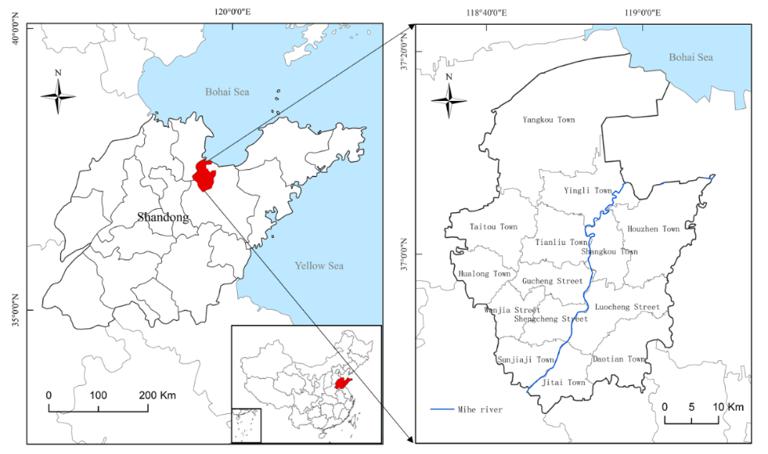Over the past few decades, an increase in natural hazards has imposed greater challenges on natural disaster management. To reduce the impact of natural disasters on humanity, disaster management requires more human-centric information in addition to objective disaster information. Since disaster management demands a large amount of information in the face of low availability, social media (e.g., Twitter, Facebook, or Sina-Weibo) is an additional information source that is gaining increasing attention from geographic information scientists and disaster researchers. Social media is not only a platform for sharing people’s personal lives but can also be used to examine public opinion and perceptions, which may be comparable to the public comments collected by traditional approaches(e.g., questionnaires). Combined with spatial-temporal information collected from social media, the public opinions and feelings on a disaster mined from social media can assist government decision-making and help people better understand the state of disaster events. However, social media texts are unstructured and people’s conversational content on social media varies in toic and tone. Thus, a significant challenge remains in accurately identifying public sentiments about a disaster from social media texts.
Shouguang is a county-level city belonging to Weifang city, Shandong Province, China. Figure 1 shows the geographical position of Shouguang City, located in the coastal plain area of north-central Shandong Province. There are five sub-districts and nine towns in Shouguang City, with a total population of 1,084,870. The Mihe River flows through the city. The area belongs to the warm temperate monsoon zone of continental climate, which is suitable for vegetable cultivation. Shouguang is one of China’s important producers of vegetables, mainly for the Beijing market.
On August 18–19, 2018, there was torrential rain in Shouguang caused by typhoon “Rumbia.” Affected by the heavy rain, three reservoirs upstream simultaneously released floodwater to protect dams from collapsing, which was considered one of the reasons for the flood. By August 20, widespread flooding submerged many villages, houses, and farmland, leaving 13 people dead and at least three people missing. Beyond the direct loss of lives, this flooding disaster also affected vegetable prices in the surrounding cities. Hence, this flood aroused widespread public attention.

Comment list ( 0 )
